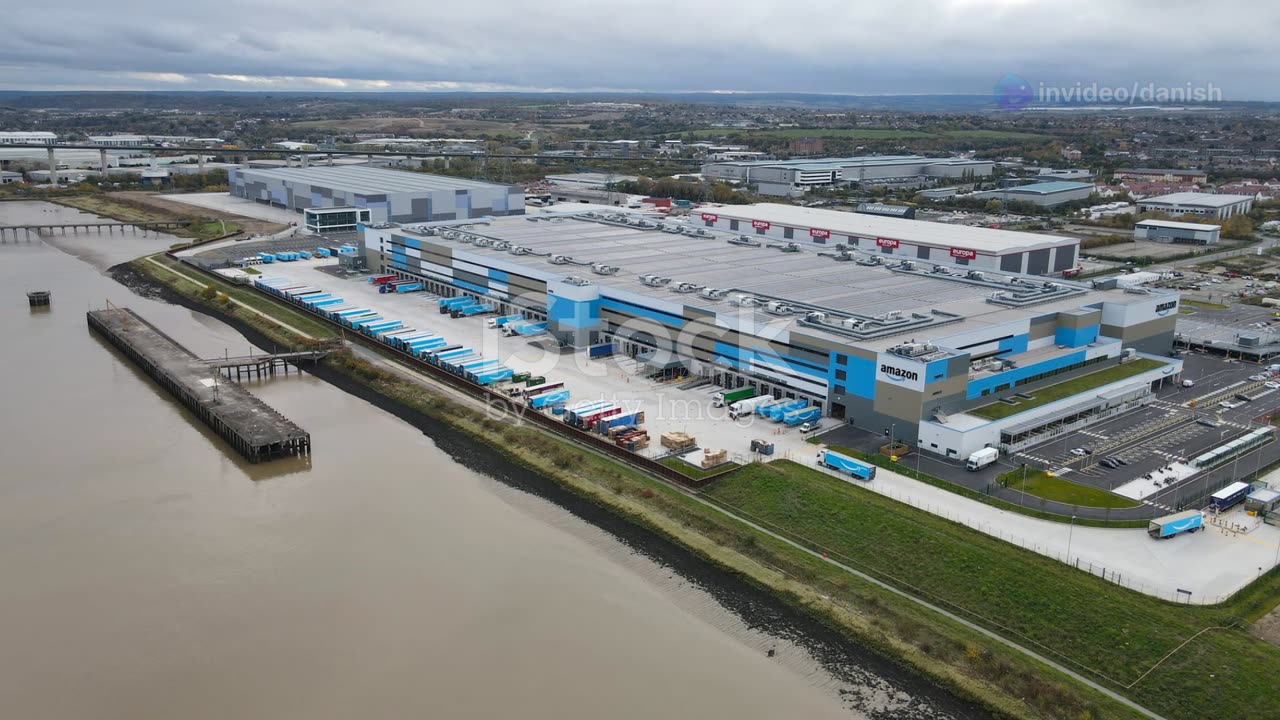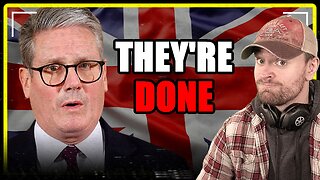Premium Only Content

To achieve a $60 billion export target, the Prime Minister (PM) will need a comprehensive and multi-faceted strategy that addresses key areas such as trade policy, industry competitiveness, market diversification, and infrastructure development. Below is a strategic framework that can be tailored to the specific context of the country:
1. Strengthen Trade Policy and Institutional Support
Streamline Trade Regulations: Simplify export procedures, reduce bureaucratic hurdles, and digitize customs processes to make exporting easier for businesses.
Incentivize Exporters: Provide tax rebates, duty drawbacks, and subsidies to exporters, especially for high-potential sectors.
Establish Export Promotion Agencies: Create or strengthen dedicated agencies to support exporters with market research, trade fairs, and buyer-seller meets.
Free Trade Agreements (FTAs): Negotiate and finalize FTAs with key trading partners to reduce tariffs and non-tariff barriers.
2. Focus on High-Potential Sectors
Identify Key Sectors: Prioritize sectors with high export potential, such as:
Manufacturing (e.g., textiles, electronics, automotive)
Agriculture and processed foods
Pharmaceuticals and healthcare products
IT services and software
Renewable energy technologies
Value Addition: Encourage industries to move up the value chain by exporting finished goods rather than raw materials.
Quality Standards: Ensure products meet international quality and safety standards to access premium markets.
3. Market Diversification
Explore New Markets: Reduce dependency on traditional markets by targeting emerging economies in Africa, Southeast Asia, and Latin America.
Leverage Regional Trade Blocs: Strengthen trade ties within regional blocs (e.g., ASEAN, EU, African Continental Free Trade Area).
Diplomatic Outreach: Use diplomatic channels to promote exports and resolve trade disputes.
4. Enhance Competitiveness
Improve Ease of Doing Business: Reduce red tape, improve infrastructure, and ensure reliable access to utilities (electricity, water, etc.).
Skilled Workforce: Invest in vocational training and education to create a skilled workforce for export-oriented industries.
Technology Adoption: Promote the adoption of advanced technologies (e.g., automation, AI) to improve productivity and reduce costs.
5. Infrastructure Development
Logistics and Connectivity: Invest in ports, roads, railways, and airports to reduce transportation costs and improve delivery times.
Special Economic Zones (SEZs): Develop SEZs with world-class infrastructure to attract foreign investment and boost exports.
Digital Infrastructure: Ensure robust digital infrastructure to support e-commerce and IT-enabled services.
6. Promote Branding and Marketing
Country Branding: Develop a strong national brand to promote "Made in [Country]" products globally.
Trade Fairs and Exhibitions: Participate in international trade fairs to showcase products and services.
E-commerce Platforms: Leverage global e-commerce platforms (e.g., Amazon, Alibaba) to reach international customers.
7. Financial Support for Exporters
Export Financing: Provide low-interest loans and credit guarantees to exporters.
Currency Stability: Ensure a stable exchange rate to reduce risks for exporters.
Insurance: Offer export credit insurance to protect against non-payment risks.
8. Monitor and Evaluate Progress
Set Milestones: Break down the $60 billion target into annual or quarterly milestones.
Data-Driven Approach: Use real-time data to track progress and identify bottlenecks.
Feedback Mechanism: Regularly consult with industry stakeholders to refine strategies.
9. Public-Private Partnerships (PPPs)
Collaborate with Industry: Work closely with industry associations and chambers of commerce to align strategies with private sector needs.
Joint Ventures: Encourage joint ventures between local and foreign companies to boost exports.
10. Sustainability and Green Exports
Promote Green Products: Focus on exporting environmentally friendly products and technologies.
Comply with Global Standards: Ensure compliance with international environmental and labor standards to avoid trade barriers.
Implementation Timeline
Short-Term (0-12 months): Focus on quick wins like simplifying export procedures, launching marketing campaigns, and securing FTAs.
Medium-Term (1-3 years): Invest in infrastructure, skill development, and sector-specific initiatives.
Long-Term (3-5 years): Build a sustainable export ecosystem with a focus on innovation, branding, and global competitiveness.
By adopting this strategy, the PM can create a robust framework to achieve the $60 billion export target, driving economic growth and creating jobs. Regular monitoring and adaptability will be key to ensuring success.
-
 LIVE
LIVE
Eternal_Spartan
11 hours ago🟢 Eternal Spartan Plays Destiny 2 | FPS Friday | | USMC Veteran
148 watching -
 2:04:11
2:04:11
MattMorseTV
5 hours ago $1.31 earned🔴The UK just hit ROCK BOTTOM.🔴
46.5K118 -
 LIVE
LIVE
iCheapshot
3 hours ago $0.04 earnedBack From Vacation! | Checking Out Skate Maybe Some Boarderlands 4
214 watching -
 LIVE
LIVE
Jorba4
2 hours ago🔴Live-Jorba4- Borderlands w/ The TRIBE
95 watching -
 54:43
54:43
Glenn Greenwald
6 hours agoGlenn Reacts to Netanyahu's UN Speech; PLUS: Q&A on Trump's Russia/Ukraine Policy, the Tom Homan Investigation, and More | SYSTEM UPDATE #522
72.9K39 -
 43:54
43:54
Donald Trump Jr.
5 hours agoJames and the Giant Breach, Plus Explosive J6 Revelations | TRIGGERED Ep.277
155K176 -

MadHouse_
5 hours agoFRIEND FRIDAY! - Garys Mod ? im pretty sure im gonna lose at this game
23.8K5 -
 2:26:51
2:26:51
blackfox87
4 hours agoBorderlands Grind Continues | PREMIUM CREATOR | #DisabledVeteran
23.3K1 -
 DVR
DVR
Mally_Mouse
5 days agoFriend Friday!! 🎉 - Let's Play! - Gary's Mod!
15.9K -

ZWOGs
10 hours ago🔴LIVE IN 1440p! - Resident Evil 3 First Playthrough, GMod w/ Mally_Mouse & Friends - Come Hang Out!
9.94K3